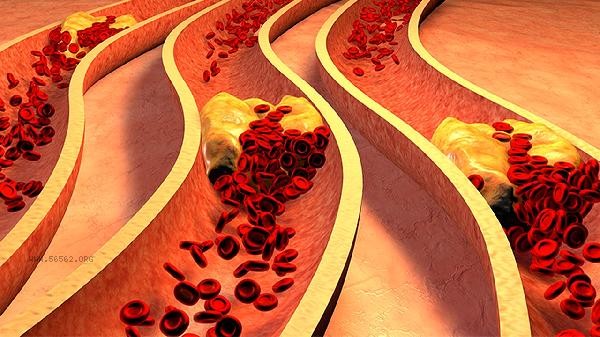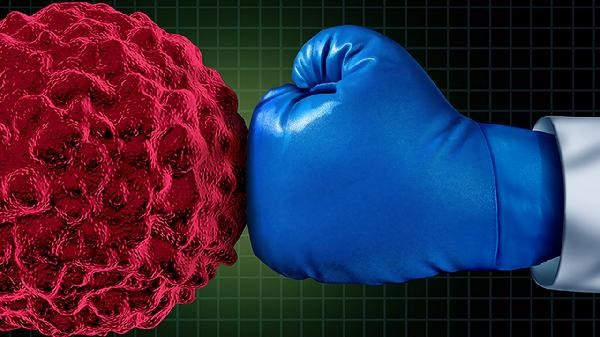The toxic changes of neutrophils mainly include an increase in cytoplasmic granules, formation of vacuoles, left shift of nuclei, appearance of Duller's bodies, and morphological changes of uneven cell size, which are common in severe infections, poisoning, or inflammatory reactions.

1. Increased number of granules: The appearance of coarse and deeply stained azurophilic granules or toxic granules in the cytoplasm of neutrophils is a manifestation of abnormal cellular metabolism. This change is more common in severe bacterial infections such as purulent infections and sepsis, reflecting an increase in lysosomal enzyme synthesis in granulocytes under stress. Laboratory tests should be comprehensively judged based on the total number of white blood cells and clinical manifestations.
2. Bubble formation:
The appearance of transparent vacuoles of varying sizes in the cytoplasm indicates impaired cell membrane stability. It is commonly found in metabolic diseases such as alcoholism, diabetes ketoacidosis, and may be related to fat dissolution caused by energy metabolism disorders. The number of bubbles is often positively correlated with the severity of the disease.
3. Left shift of nucleus:
Immature neutrophils such as rod-shaped nuclei and late immature granulocytes appear in peripheral blood, indicating accelerated release of reserve cells from the bone marrow. During acute suppurative infection, there is significant left shift of the nucleus. If accompanied by an increase in the total number of white blood cells, it is called regenerative left shift, indicating that the body's resistance is still strong; If there is a decrease in white blood cells, it is a degenerative left shift and the prognosis is poor.

4. Duller's bodies:
Blue cloud like inclusions appear in the cytoplasm, which are remnants of the rough endoplasmic reticulum. Seen in severe infections such as scarlet fever and diphtheria, it reflects protein synthesis disorders. Duller's bodies often coexist with toxic particles and can be used as a reference indicator to determine the degree of infection.
5. Uneven size:
Neutrophil volume varies significantly, with larger ones reaching 2-3 times smaller ones. This type of atypical change is common in chronic infections or abnormal bone marrow proliferation, indicating hematopoietic dysfunction. Be alert to the possibility of blood system diseases and perform bone marrow puncture examination if necessary. When neutrophil toxicity changes are found, it is necessary to increase the intake of high-quality proteins such as fish, eggs, and milk to promote cell repair; supplementing with vitamin C enhances antioxidant capacity; Avoid strenuous exercise to reduce metabolic burden. Regularly recheck blood routine to dynamically observe changes. If symptoms such as persistent fever and fatigue occur, seek medical attention promptly to identify the source of infection. It is recommended to improve the detection of inflammatory indicators such as procalcitonin and C-reactive protein in elderly patients or those with underlying diseases who show significant toxicity changes.









Comments (0)
Leave a Comment
No comments yet
Be the first to share your thoughts!